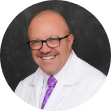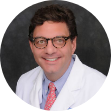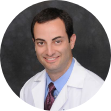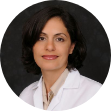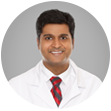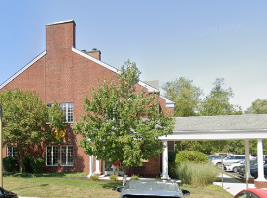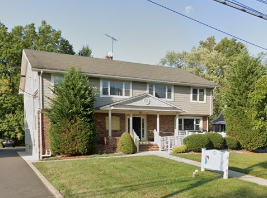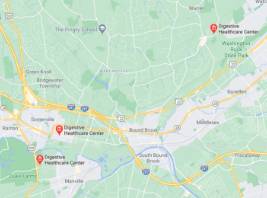Fatty Liver Disease: Symptoms, Causes, and Treatment

Fatty liver disease, also known as hepatic steatosis, is a common condition caused by having extra fat stored in the liver. While it is normal to have small amounts of fat in your liver, too much can become a health problem. Your liver is the second-largest organ in your body, and it helps to process nutrients from food and liquids, as well as filter harmful substances from your blood. For most people, fatty liver disease does not cause symptoms. However, in some cases, it can lead to severe liver damage or failure. The good news is, with certain lifestyle changes, you can often prevent or even reverse the condition. Keep reading to learn more about the signs, symptoms, and treatment options for fatty liver disease.
Types of Fatty Liver Disease
There are two main types of fatty liver disease: nonalcoholic and alcoholic. Nonalcoholic fatty liver disease (NAFLD) is when fat builds up in the liver of people who do not excessively drink alcohol. If there is little to no inflammation or liver cell damage, the condition is known as simple NAFLD. Nonalcoholical steatohepatitis (NASH) is the more serious type of NAFLD, when the buildup of extra fat in the liver is accompanied by inflammation. When left untreated, NASH can cause fibrosis, or scarring of the liver.
Alcoholic fatty liver disease (AFLD) is due to heavy alcohol use. Although your liver breaks down most of the alcohol you drink, the process of breaking it down can generate harmful substances. The more you drink, the more you damage your liver cells and weaken your body’s immune system. AFLD is the earliest stage of alcohol-related liver disease, which can lead to alcoholic hepatitis and cirrhosis.
Who is at Risk for Fatty Liver Disease?
The main risk factor for AFLD is drinking heavy amounts of alcohol. The Centers for Disease Control and Prevention (CDC) defines heavy drinking as:
- 15 or more drinks per week for men
- 8 or more drinks per week for women
In addition to excessive alcohol consumption, other risk factors for AFLD include:
- Being Hispanic or Asian
- Older age
- Genetics
- Obesity
- Smoking
- A history of certain infections, such as hepatitis C
While the cause of nonalcoholic fatty liver disease is unknown, some of the most common risk factors for NAFLD are:
- Overweight or obesity
- Type 2 diabetes
- Insulin resistance
- High levels of fats in the blood, such as cholesterol and triglycerides
- Metabolic syndrome
- Obstructive sleep apnea
- Rapid weight loss
- Polycystic ovary syndrome (PCOS)
- Exposure to certain toxins
- Pregnancy
What Are the Symptoms of Fatty Liver Disease?
People with fatty liver disease typically do not have symptoms until the disease progresses to cirrhosis of the liver. In some cases, you may have signs such as tiredness or pain in the upper right side of the abdomen where your liver is located. If you have NASH or get cirrhosis, you may experience the following symptoms:
- Swollen belly
- Enlarged blood vessels underneath your skin
- Red palms
- Yellowish skin and eyes (jaundice)
- Larger-than-normal breasts in men
How is Fatty Liver Disease Diagnosed?
Because fatty liver disease often has no symptoms, it can be hard to spot. Elevated liver enzymes that show up on a blood test for other conditions may raise a red flag. At Digestive Healthcare Center, we offer FibroScan in NJ, an innovative tool used to effectively diagnose NAFLD and NASH. Early detection is crucial to help establish a comprehensive management plan, based on each individual’s specific needs, and avoid the development of other serious conditions.
FibroScan is a non-invasive procedure used as an alternative to a liver biopsy. With FibroScan, no hospitalization or sedation is required, and patients experience little to no side effects. Tests performed using the FibroScan have proven to be successful in the diagnosis of NAFLD or NASH, allowing our team of experienced gastroenterologists to determine the extent of the disease and how much scarring has occurred.
Treatment for Fatty Liver Disease
Currently, no medications have been approved to treat NAFLD and NASH. However, in most cases, lifestyle changes can help reverse most stages of fatty liver disease. Weight loss works to reduce fat, inflammation, and scarring in your liver — losing just 3 to 5% of your weight can significantly decrease your risk for the disease. Your physician may also recommend:
- Avoiding alcohol
- Exercising regularly
- Taking medications to keep cholesterol and triglyceride levels down
- Managing your diabetes
- Eating a healthy, plant-based diet
Comprehensive Care for Fatty Liver Disease at Digestive Healthcare Center
At Digestive Healthcare Center, your liver health is important to us. We proudly provide FibroScan testing at our Hillsborough office to give patients a safe and affordable option for detecting and preventing NAFLD and NASH. We are one of the only gastrointestinal health facilities in central New Jersey to offer this service, so don’t wait to get the care you need. We’re here to assist you every step of the way and answer any questions you have about your condition. Contact us today at any of our convenient locations in NJ or schedule a telehealth appointment to meet with a highly skilled physician at Digestive Healthcare Center.
Make an Appointment for Comprehensive Digestive Care in NJ
At Digestive Healthcare Center, we want each patient at our three offices in New Jersey to feel confident about their digestive health. We encourage you to contact us today to make an appointment with one of our expert gastroenterologists – don’t wait to start putting your digestive health first!
Recent Blogs
Learn more about all things digestive health and wellness by checking out our recent gastroenterology blogs.
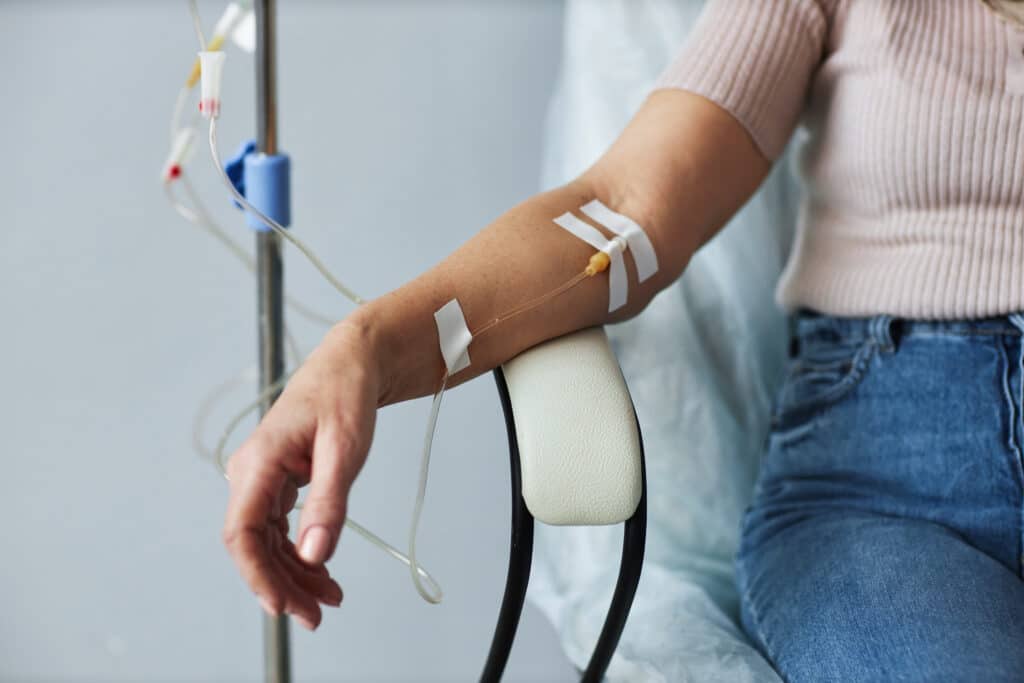
Infusion therapy has become a vital treatment option for individuals with Crohn’s disease, offering relief when traditional medications may fall short. This method delivers medication directly into the bloodstream, providing quicker and more targeted effects to help manage inflammation, reduce symptoms, and improve quality of life. For those with moderate to severe Crohn’s disease, infusion […]
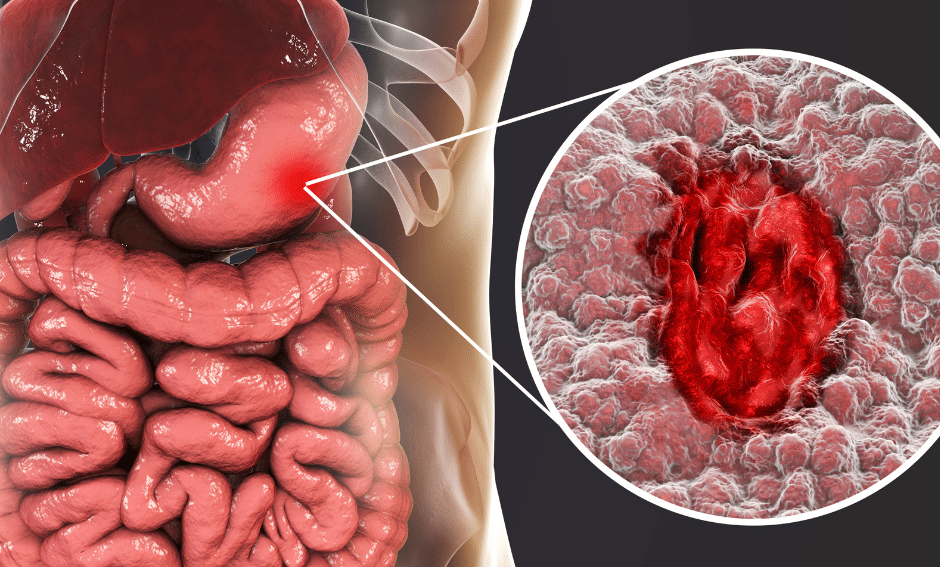
The Advancement of Ulcerative Colitis Treatment Ulcerative colitis (UC) is a chronic inflammatory bowel disease (IBD) that affects the lining of the colon and rectum. Those diagnosed with UC often experience flare-ups that can significantly impact their quality of life. Fortunately, advancements in medical treatment have made managing this condition more achievable. One option is […]

Diverticular disease and diverticulitis are related digestive health conditions that affect the large intestine (colon). With diverticular disease, small, bulging pockets develop on the lining of the colon. When these pockets become inflamed or infected, the condition is called diverticulitis. They are very common – especially after age 40 – and rarely cause problems. At […]



